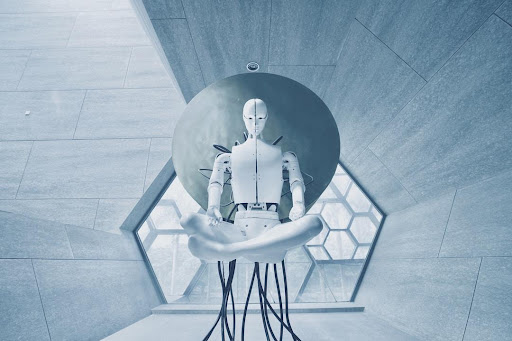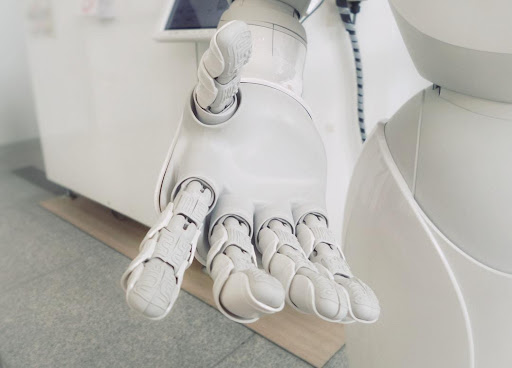Decades ago, the word “robot” brought visual images of special human-like machines we watched in “Star Wars” and “The Jetsons.” They had their whole existence based on service to their creators, from cooking and cleaning like Rosie from “The Jetsons” to exploring Mars like the Sojourner rover. We’ve seen how robotics has changed the face of work, education, health, and business, and we wonder how it all started. In this article, we take a little trip down memory lane, back when robotics had its beginnings with History of Robotics .
Table of Contents
Importance and History of Robotics
In modern times, robotic process automation RPA has become more popular than ever. It’s the process by which organizations employ the service of automated systems to optimize digital transformation efforts. These systems work with help from a software robot, an RPA bot, and pieces of code, and their sole aim is to deal with office operations and mundane tasks that don’t require a higher level of thinking. RPA is used in several aspects of business, from health care to education, sales, and retail. It’s also seen in UI and other financial services with much non-technical staff.
The benefits of RPA are countless, but the major one is its ability to give your staff more valuable time to undertake other tasks needed to improve your productivity, human resources management, and customer service. With this little backstory, it then begs the questions: What is the history of robots, and how did robotics emerge? We’ll discuss this in the next few paragraphs.
History of Robots
According to the British Department of Industry, a robot can be defined as a reprogrammable manipulator device. It can also be described as a machine in the form of a human, designed to perform functions normally undertaken by humans.
That being said, the word “robot” was first used in a Czech play to portray mechanical men built specifically for factory work. The name was coined from the Czech word for an enslaved person, and it depicted their purpose as workers or helpers. The word was also used by the Russian-born fiction writer Isaac Asimov in 1942. In his book titled “Runabout,” he portrays robots as helpmates to mankind, viewing them more as helpful than potentially dangerous. In his book, he created three major laws meant to be followed by his fictional robots. First, they could not harm human beings or watch as humans came to harm. Second, they must obey every law given to them by humans unless it goes contrary to the first law stated. Third, provided it doesn’t contradict the first and second laws, every robot must do well to protect its existence.
Evolution of Robotics

It can be said that the concept of automation gained popularity in medieval times. During this period, religious ceremonies adopted simple automation such as tools and toys, developed by the Romans and Greeks. According to Greek history, the Greek god Hephaestus designed and built several automatons meant for use in his workshop.
The automation design evolved from simple tools and toys into other items such as clocks for religious worship. This occurred in the Middle Ages. Thanks to its focus on science, mathematics, and engineering, the Industrial Revolution contributed greatly to the evolution of robotics into something more than the creation of helpful tools and toys. Automation in the 19th century started spreading into other aspects of life, such as entertainment. Still, the pinnacle of robotics was seen with the development of steam-powered engines and other machines used to increase precision and workloads in several factories.
Robotics has evolved even further since then, in the 20th century. We have seen robots work with huge industries such as NASA to explore new planets, we’ve created bots that work in our homes and workplaces side by side with human personnel, and we’ve employed robotic process automation in our businesses to help deal with all routine tasks that consume much of our production time.

